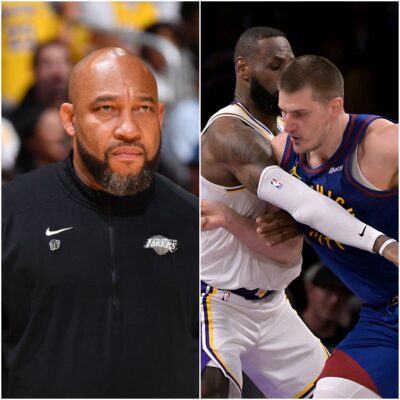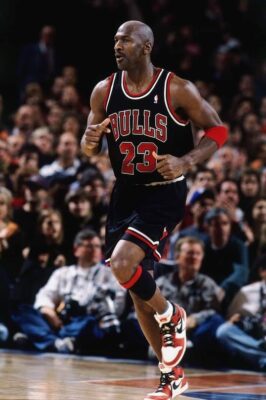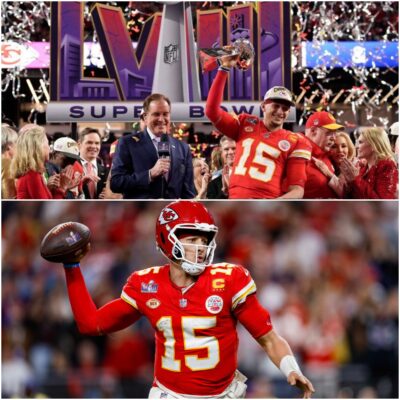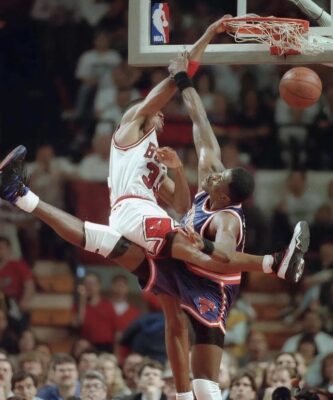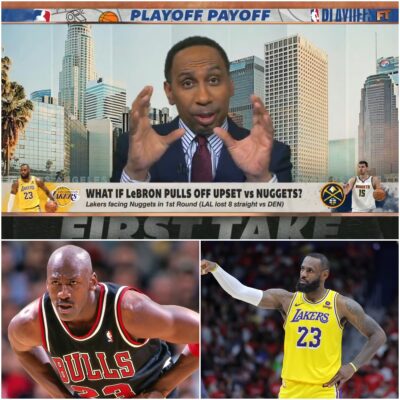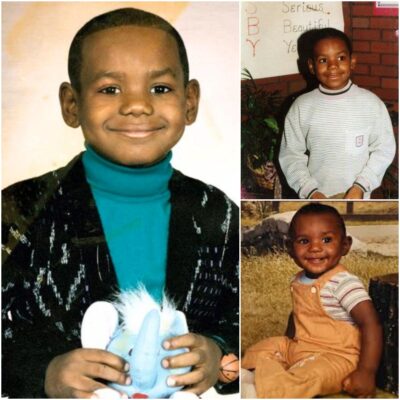During the Second World War, the United States interned several Japanese Americans. An estimated 120,000 people of Japanese descent were forcibly relocated, most of whom lived on the Pacific Coast. At the same time, 33,000 served within the US military. Hiroshi Miyamura was one of these servicemen, and he later became a hero during the Korean War.
The Only Town in New Mexico – Hiroshi Miyamura
Hiroshi Miyamura’s early life
Hiroshi Miyamura was born in Gallup, New Mexico in October 1925, the child of Japanese immigrants who operated a 24-hour diner. While attending school, he was nicknamed “Hershey,” as one of his teachers had difficulty pronouncing his given name.

Hiroshi Miyamura enlisted in the US Army during World War II
President Franklin D. Roosevelt ordered the creation of Japanese-American internment camps a few months after the attack on Pearl Harbor, out of concern they would turn into traitors. As Gallup was not located within the “military zone” along the Pacific Coast, it was left to city leaders to decide the fate of residents who were of Japanese descent. Ultimately, they decided against internment, and the Miyamura family was allowed to remain in their home.
Hiroshi Miyamura enlists in the US Army
In January 1945, at the age of 19, Hiroshi Miyamura enlisted in the US Army. He volunteered to join the 100th Infantry Battalion, 442nd Infantry Regiment. The unit was notable for being made up of those who were of Japanese descent.

Hiroshi Miyamura joined the 100th Infantry Battalion, which was made up of American soldiers of Japanese descent.
Miyamura was trained as a machine gunner and never made it overseas during the Second World War. Once the conflict ended, he and his comrades were discharged, with Miyamura enlisting in the US Army Reserves. As a reservist, he was called to serve upon the outbreak of the Korean War.
Medal of Honor actions in Korea
It didn’t take long for Hiroshi Miyamura to establish himself as a hero in Korea. In April 1951, while south of the Imjin River, the then-corporal with the 2nd Battalion, 7th Infantry Regiment, 3rd Infantry Division conducted himself in a manner that made him worthy of the Medal of Honor.

Hiroshi Miyamura was taken as a prisoner of war (POW) during the Korean War
While his company was occupying a defensive position, they were attacked by the enemy, who threatened to overrun their position. Aware that his men were in danger, Miyamura grabbed his bayonet and killed 10 enemy soldiers in close hand-to-hand combat, after which he returned to his position and applied first aid to the wounded, and managed their evacuation.
After a brief pause, a second attack began. Miyamura manned his machine gun until he’d spent his ammunition. Aware his men were in imminent danger, he ordered them to withdraw, while he stayed behind, manning the gun until it became inoperable. He then used his bayonet to break through a line of enemy troops to a second machine gun position, which he helped man.
By the time his ammunition was utterly spent, Miyamura is said to have killed over 50 enemy soldiers, despite suffering serious injuries. He continued to hold his own until his position was eventually overrun.
Held as a prisoner of war for 28 months
Hiroshi Miyamura and others were eventually taken captive by the Chinese and made to walk an estimated 300 miles before coming to a prisoner of war (POW) camp. They were held at the prison camp for the next 28 months.

Upon his return from Korea, US President Dwight Eisenhower awarded Hiroshi Miyamura with the Medal of Honor
While imprisoned, Miyamura was awarded the Medal of Honor. However, his heroism was kept secret. His was the first to be deemed “Top Secret.” Brig. Gen. Ralph Osborne remarked, “If the [Chinese] knew what he had done to a good number of their soldiers just before he was taken prisoner, they might have taken revenge on this young man. He might not have come back.”
After Hiroshi Miyamura was released from the POW camp and repatriated to the US, he officially received his Medal of Honor from President Dwight Eisenhower. According to his citation, he “distinguished himself by conspicuous gallantry and intrepidity above and beyond the call of duty in action against the enemy” on the night of April 24-25, 1951.
Honor citation
Rank and organization: Corporal, U.S. Army, Company H, 2nd Battalion, 7th Infantry Regiment, 3rd Infantry Division
Place and date: Near Taejon-ni, Korea, April 24, and April 25, 1951
Entered service at: Gallup, N. Mex. Birth: Gallup, New Mexico
G.O. No.: 85, November 4, 1953.
Hiroshi Miyamura’s legacy
Following his service in the Army, Hiroshi Miyamura returned to Gallup, where he and his wife raised their three children.
He worked as an auto mechanic and service station owner. Despite being out of the military, he has dedicated much of his time to veterans organizations, working with the Wounded Warrior Project and becoming a lifetime member of the Veterans of Foreign Wars.

Hiroshi Miyamura is one of the oldest living recipients of the Medal of Honor
Miyamura became famous for his actions on the battlefield and his legacy beyond it. He is one of the oldest surviving Medal of Honor recipients, and the country has repeatedly recognized his efforts. His high school in New Mexico was renamed Hiroshi H. Miyamura High School, and the overpass running through Gallup on Interstate 40 is named Miyamura Overpass.
More from us: Story Around World Military History
